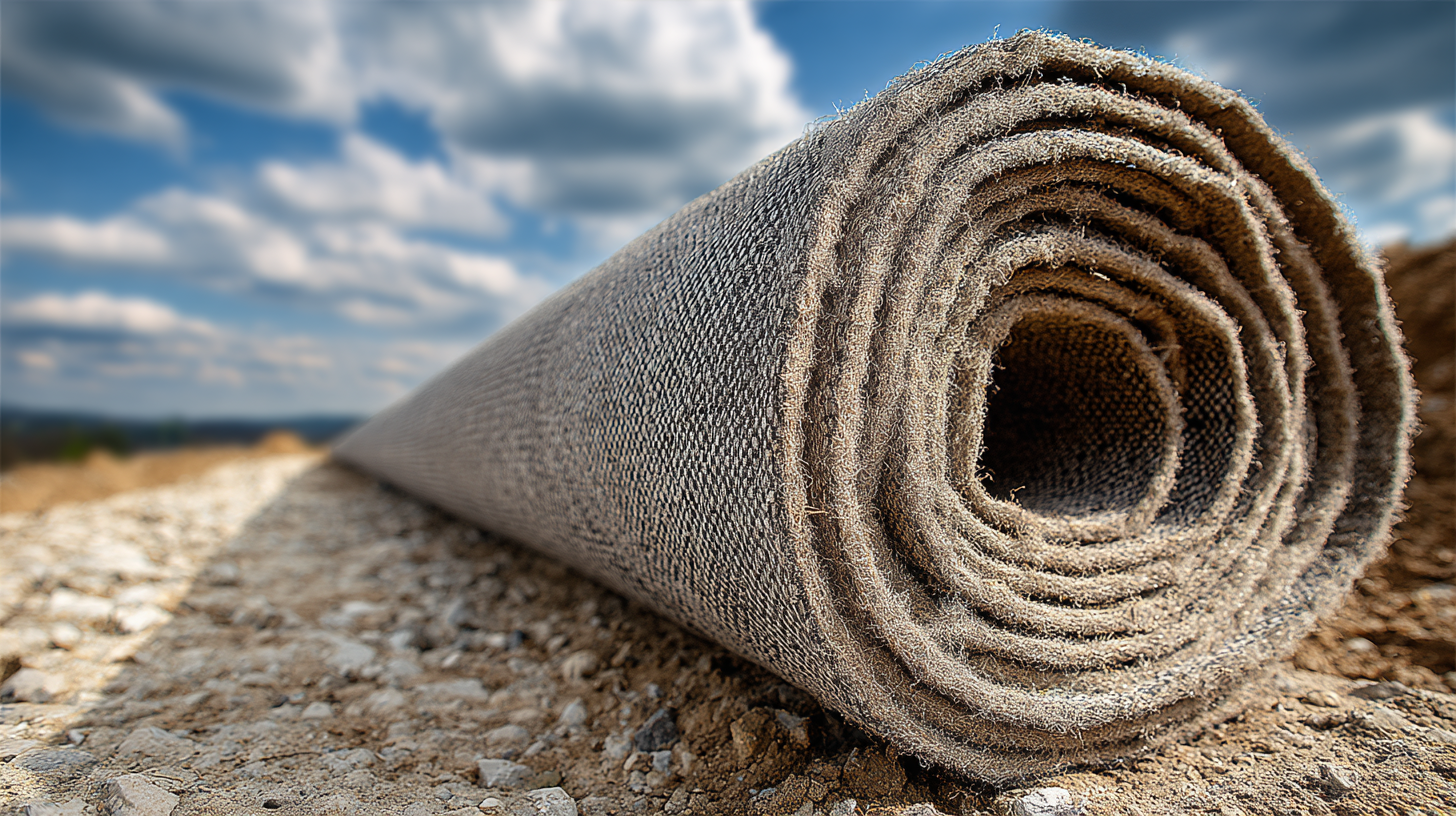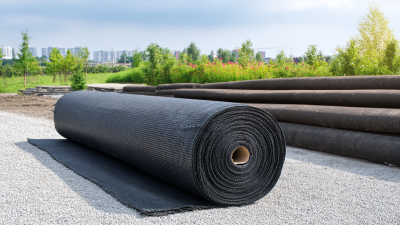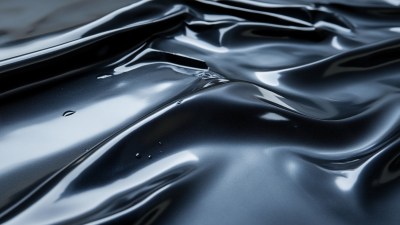Inquiry
Form loading...
- Phone
- E-mail
When considering the long-term durability and cost-effectiveness of a driveway, one material stands out for its potential to enhance performance while minimizing upkeep: Geotextile Fabric For Driveways. This innovative solution offers a multitude of advantages that can fundamentally change how driveways are constructed and maintained. By incorporating geotextile fabric, homeowners can significantly improve drainage, prevent erosion, and reduce the need for frequent repairs.
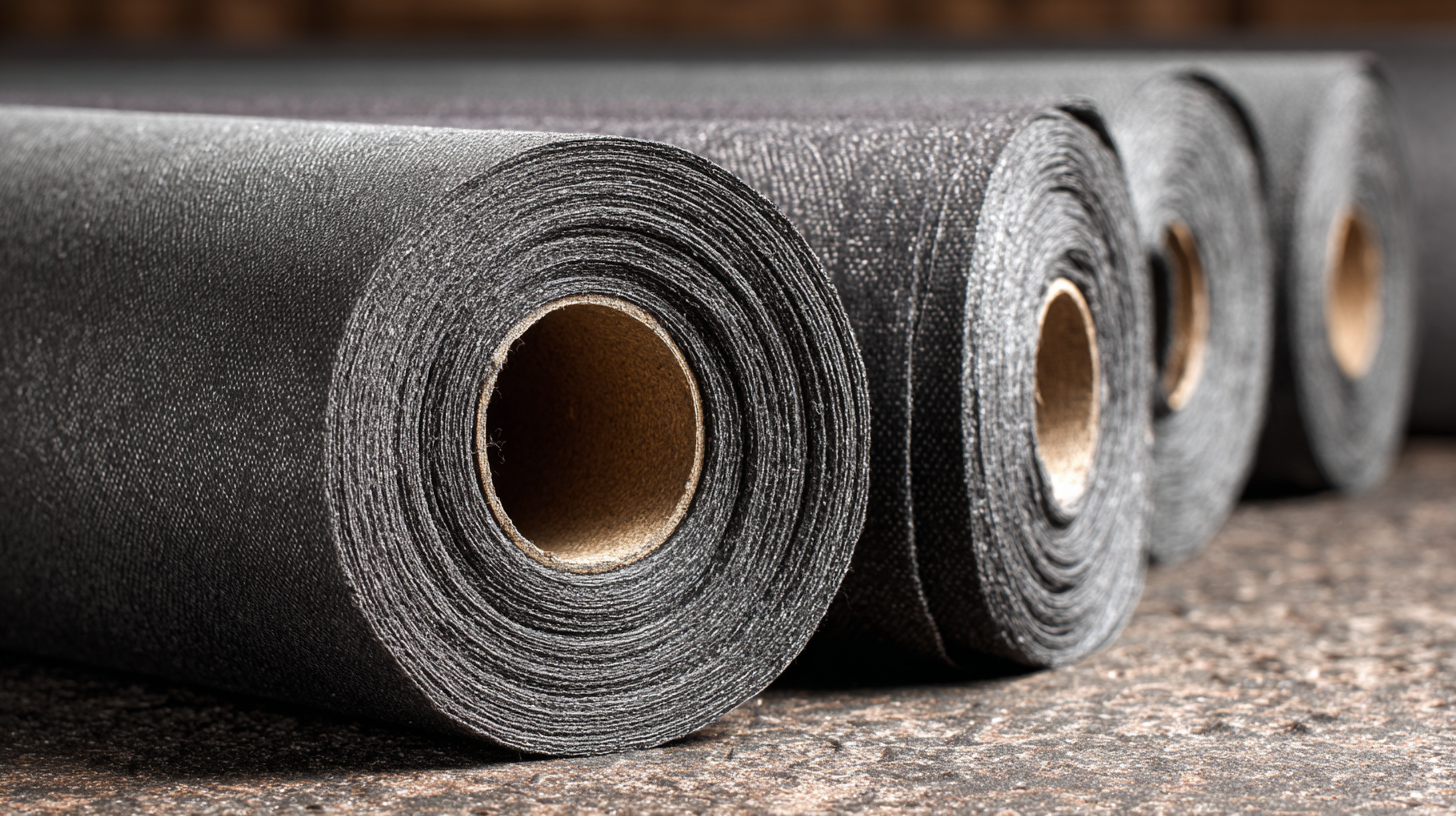
This article explores five key ways in which geotextile fabric not only bolsters the structural integrity of driveways but also leads to considerable savings on maintenance costs over time. As we delve into the practical benefits and applications of this versatile material, you will gain valuable insights into why it should be an essential consideration for any driveway project.
Geotextile fabric is an engineered material made from synthetic fibers, designed to be used in a variety of civil engineering applications, including driveways.
This permeable fabric serves multiple functions, primarily aiding in soil stabilization and drainage. By placing geotextile fabric beneath the driveway surface, it acts as a separator, preventing the intermingling of soil and gravel.
This separation helps maintain the structural integrity of the driveway, reducing the risk of shifting, cracking, and other forms of damage that can arise over time.
In addition to soil stabilization, geotextile fabrics offer excellent drainage capabilities. They allow water to pass through while preventing larger particles from clogging the drainage pathways. This feature is particularly beneficial in preventing water accumulation, which can lead to erosion or frost heave during colder months. By effectively managing moisture levels beneath the surface, geotextile fabrics contribute to enhanced durability and longevity of the driveway, thereby significantly lowering maintenance costs over time.
Geotextile fabric is becoming an essential component in modern driveway construction, offering a multitude of benefits that significantly enhance longevity. According to a report by the Federal Highway Administration, using geotextiles can reduce the need for maintenance by up to 30% over a period of five years. This is particularly beneficial for homeowners looking to minimize long-term costs while ensuring their driveways can withstand the elements. By providing stabilization and separation layers, geotextile fabric helps to distribute loads more evenly and prevents the mixing of topsoil and subsoil, which can lead to premature wear and tear.
Additionally, the moisture management properties of geotextile fabric are vital for maintaining driveway integrity. A study from the American Society of Civil Engineers indicates that effective drainage systems, which can be enhanced by geotextile installations, can reduce erosion and cracking by as much as 40%. This not only extends the lifespan of the driveway but also decreases the frequency and costs associated with repairs or resurfacing. As a result, investing in geotextile fabric can be a smart financial decision for homeowners, ultimately leading to a more durable and cost-effective driveway solution.
Geotextile fabrics are becoming increasingly vital in construction, particularly in mitigating soil erosion and settlement issues that can lead to costly repairs and maintenance. Recent reports highlight the challenges faced by large projects like the Site C dam, where erosion and sediment control have garnered federal scrutiny. The erosion caused by such projects can lead to significant fines and environmental harm, demonstrating the need for effective preventative measures. According to the Federal Highway Administration, using geotextiles can reduce soil erosion by up to 80%, thereby protecting water quality and ensuring project longevity.
By utilizing geotextile fabrics in driveway construction, homeowners can effectively manage sediment displacement and soil stability. These fabrics serve as barriers that enhance drainage and stabilize soil, reducing the risk of degradation over time. In various studies, the incorporation of geotextiles has been linked to a 30% decrease in maintenance costs owing to their durability and effectiveness in erosion control. Furthermore, innovative partnerships in the industry are advancing geotextile monitoring technologies, making it easier to track soil integrity and prevent issues before they arise. Adopting these materials not only enhances driveway performance but also aligns with best practices for environmental preservation.
The chart above illustrates the various benefits of using geotextile fabric in driveways, highlighting its effectiveness in soil stabilization, erosion control, cost reduction, maintenance frequency, and lifespan extension. Each category reflects the positive impact rated on a scale from 0 to 100%.
Geotextile fabrics have become increasingly popular in the construction and maintenance of driveways, significantly enhancing durability while also reducing maintenance costs. As the market for geosynthetics is projected to grow from USD 2.37 billion in 2021 to an impressive USD 3.59 billion by 2028, with a compound annual growth rate (CAGR) of 6.1%, the adoption of these materials is likely to keep rising. This growth can be attributed to their effectiveness in preventing erosion, improving drainage, and providing structural support, all factors that contribute to the longevity of driveways.
Historically, the use of geosynthetics has been well-documented, particularly within the US Department of Agriculture (USDA) Forest Service, where they have been employed to enhance the resilience of national forest roads. By integrating geotextile solutions into driveway construction, homeowners can experience significant reductions in repair and maintenance costs over time. The fabrics serve as a barrier against the infiltration of weeds and reduce the need for frequent resurfacing, making them a cost-effective choice for property owners. With the right application of geotextile fabrics, the long-term benefits are clear, positioning them as a wise investment for sustainable driveway construction.
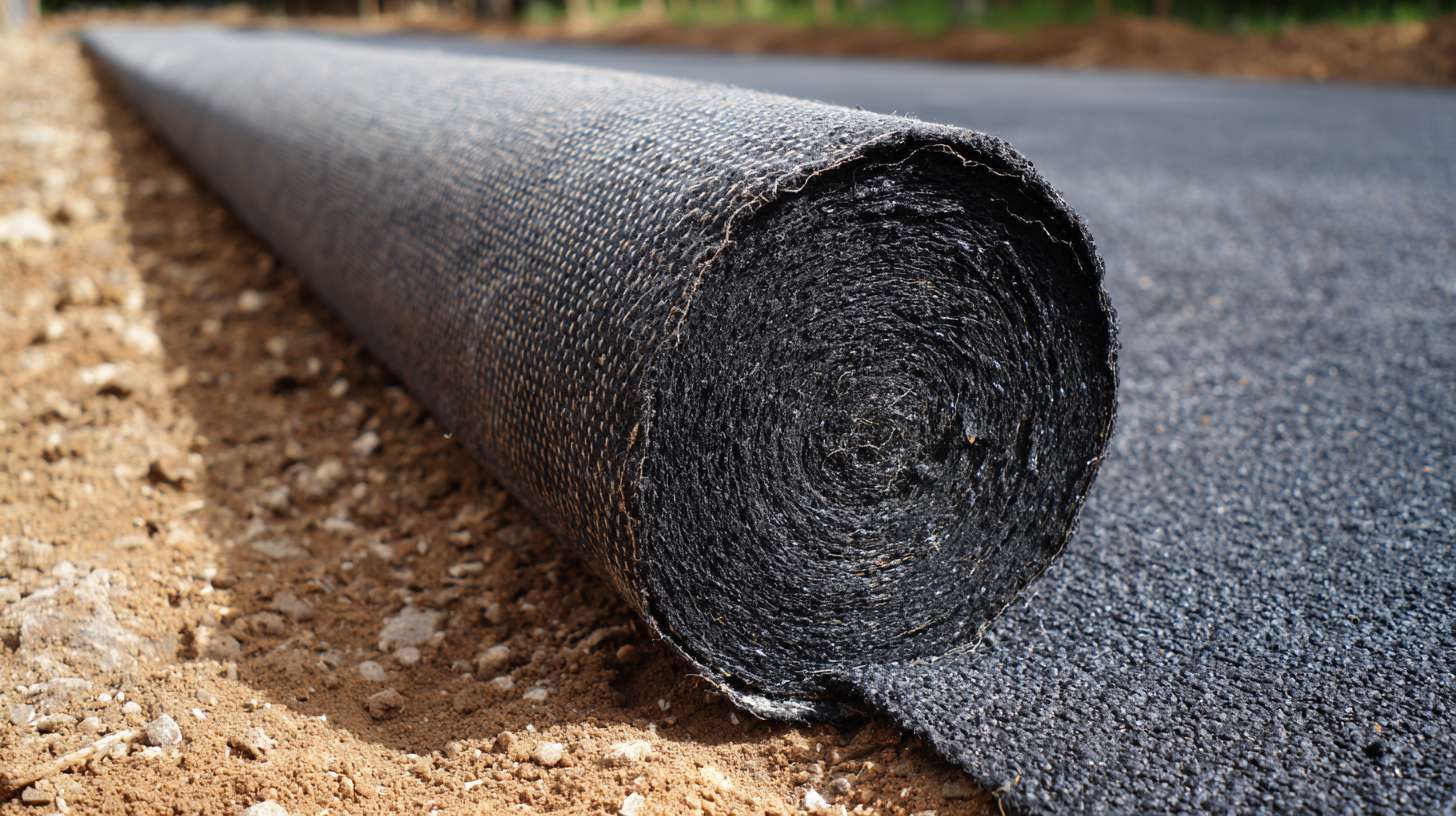
When installing geotextile fabric for driveways, proper techniques are crucial to ensure optimal performance and longevity. Firstly, it is essential to prepare the ground appropriately; this involves clearing the area of any debris, large rocks, or vegetation that could compromise the fabric. A level base not only enhances drainage but also provides a stable foundation for the geotextile, preventing wrinkles or folds that could interfere with its function.
Additionally, selecting the right type and weight of geotextile fabric is vital. Heavy-duty fabrics are recommended for areas with heavy traffic, as they offer increased resistance to punctures and tears. When laying the fabric, overlap the edges by at least 12 inches to reduce the likelihood of soil intrusion and ensure seamless functionality. Finally, using proper anchoring methods, such as staples or stakes, will secure the fabric in place and prevent movement during installation, ultimately extending its lifespan and effectiveness in enhancing driveway durability.
